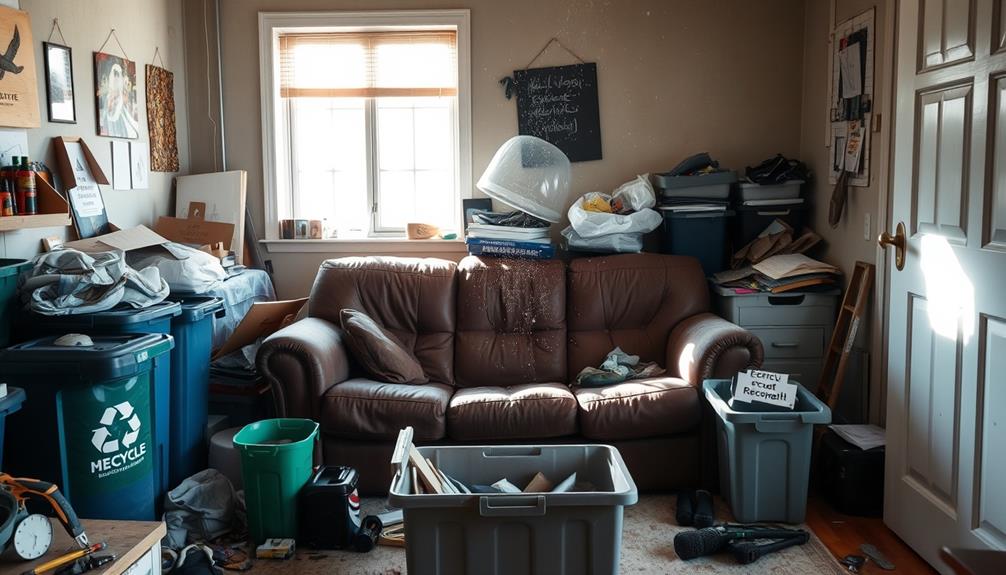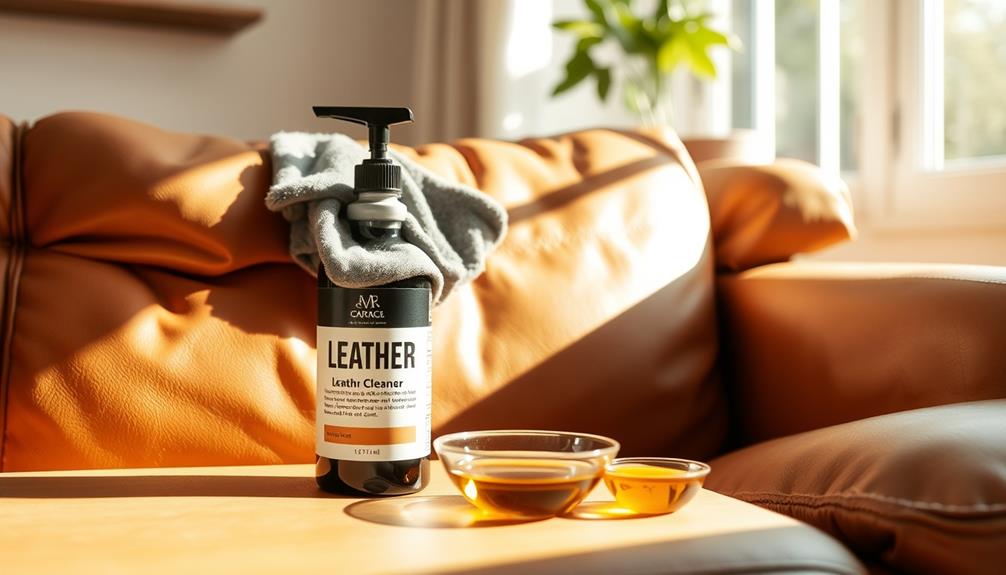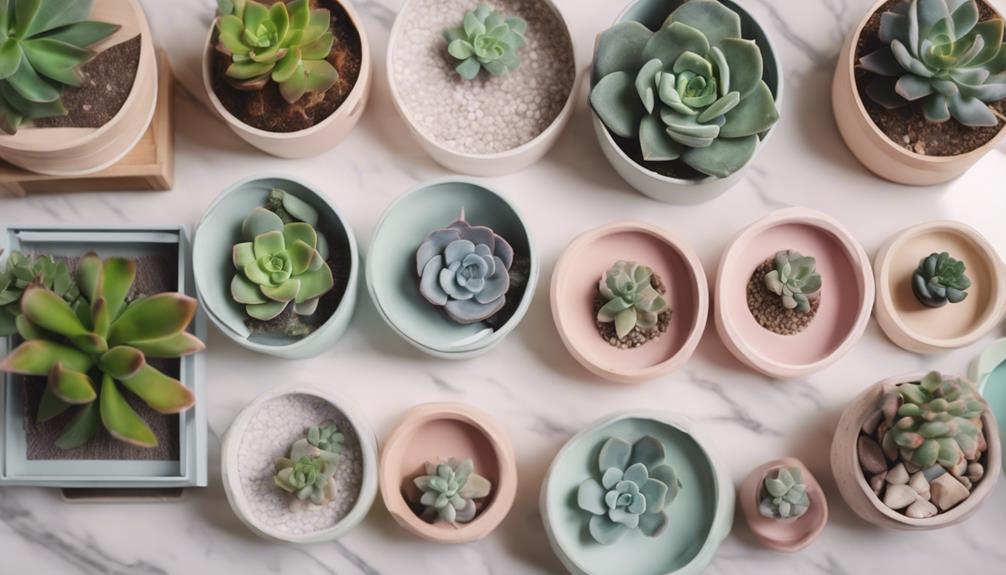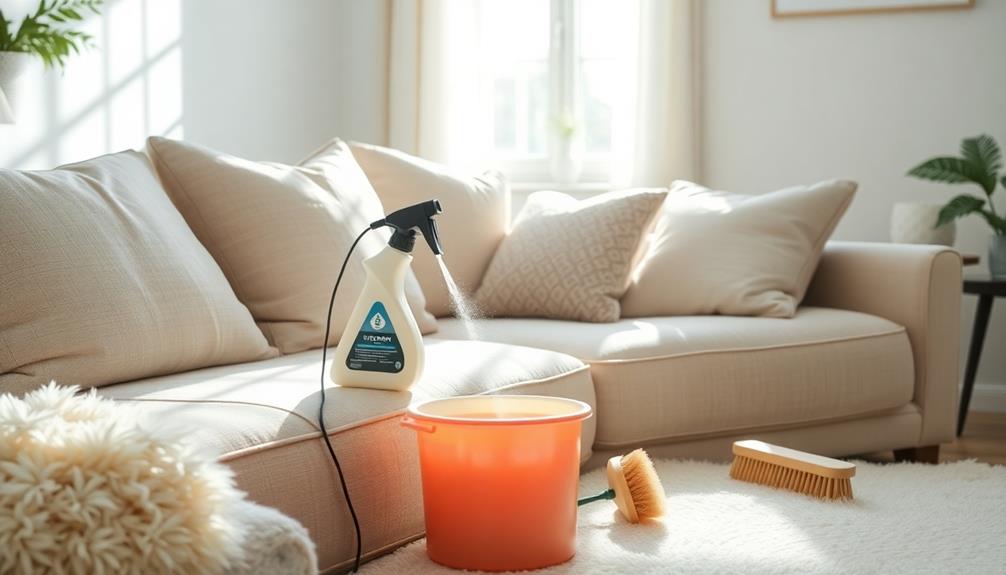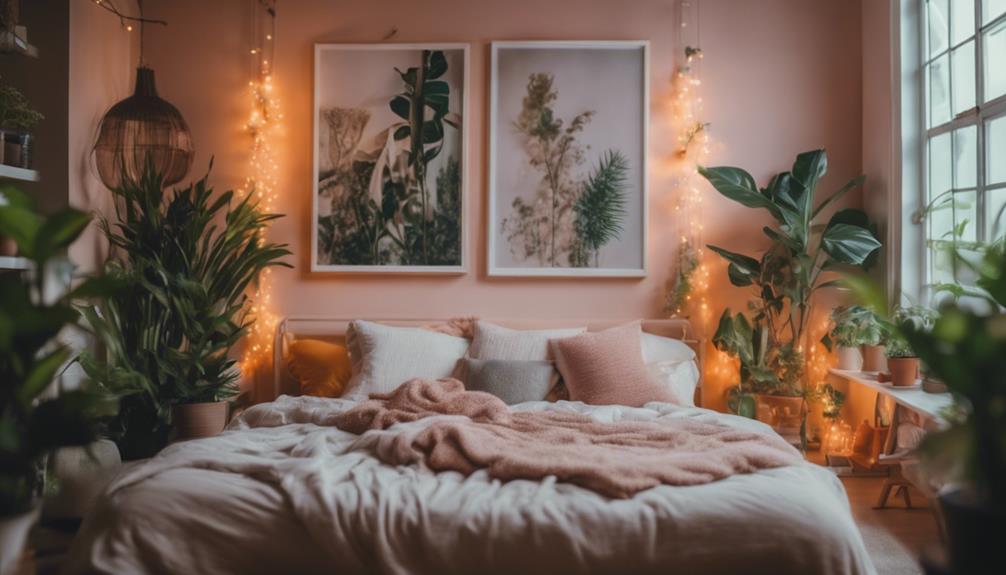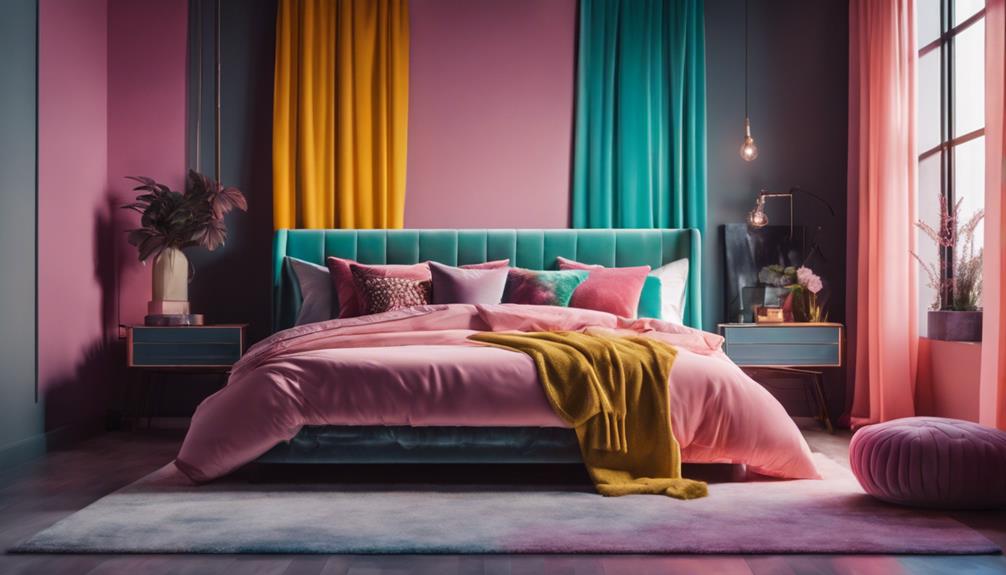When it comes to getting rid of your old sofa, the first step is to assess its condition. If the sofa is still in good shape, you may want to consider donating it to local charities that offer pickup services. Another option is to sell it online through platforms such as Facebook Marketplace. If your goal is to recycle, look into local facilities or hire junk removal services that prioritize eco-friendly practices. Alternatively, you could host a curbside giveaway or find ways to upcycle the materials for new projects. Each option has its benefits, so take the time to see what works best for you and uncover more tips to simplify the process. If none of these options work for you, consider dismantling a 3 seater recliner sofa to make disposal easier. While this may take some time, it will ultimately make the sofa easier to handle and transport. Make sure to research the proper way to dismantle the sofa to avoid any potential hazards or damage.
Key Takeaways
- Assess the sofa's condition and determine if it can be repaired, donated, sold, or recycled.
- Clean the couch thoroughly and verify donation eligibility with local charities like Goodwill or Salvation Army.
- List the sofa for sale on platforms such as Facebook Marketplace or Craigslist, providing clear photos and honest descriptions.
- Research recycling facilities or junk removal services that prioritize eco-friendly disposal methods for old furniture.
- Check local disposal guidelines for large items and consider curbside giveaway strategies to attract interested passersby.
Assess Your Sofa's Condition
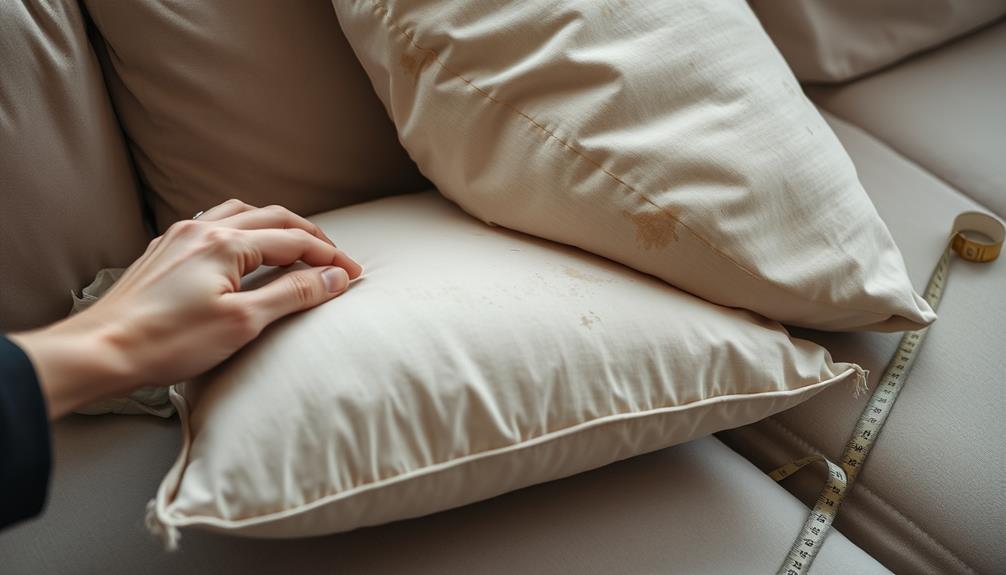
When you're ready to tackle that old sofa, the first step is to evaluate its condition. Start by examining the upholstery for visible signs of damage like stains, tears, or other issues that could affect its usability or resale value.
Look closely for indications of mold, mildew, or pest infestations; these can make your sofa unsuitable for donation or resale. If you have pets, consider how pet hair and dander may have affected the sofa's materials, as this could impact its marketability best vacuums for dust removal.
Next, remove any cushions and detachable parts to get a better view of the entire structure. This helps you identify the overall condition and spot recyclable materials within the frame.
If you notice severe damage, consider whether reupholstering or repairing the sofa is a viable option.
Gather necessary tools such as a brackets remover and frame disassembly tools to facilitate your evaluation. Sofas in good condition may still be usable and could be eligible for resale or donation, while those with significant damage may need to be recycled.
Explore Donation Options
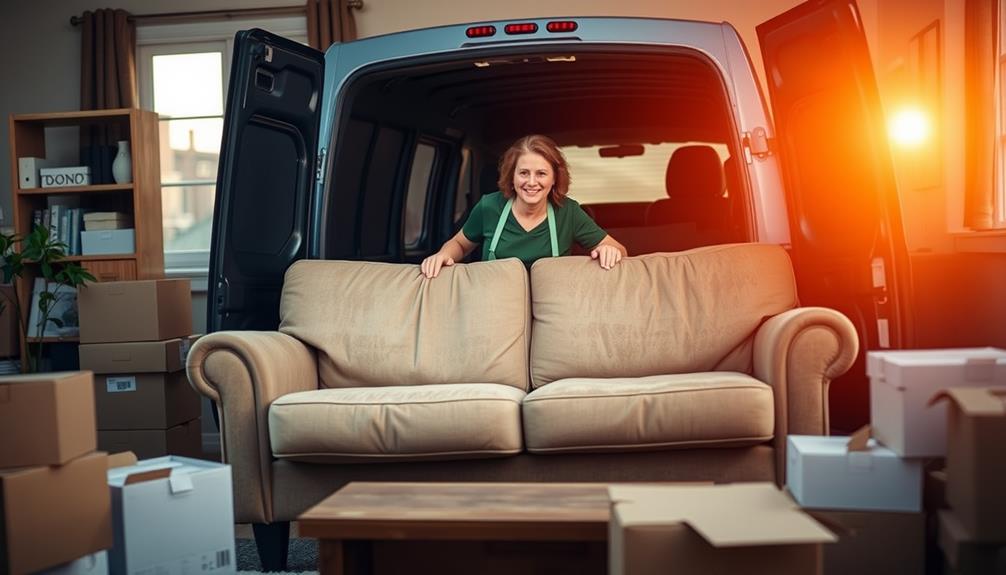
If you're looking to donate your old sofa, local charities like Goodwill and Salvation Army are great places to start.
Many of these organizations offer free pickup services, making it easy for you to part with your furniture without the hassle of transportation.
Additionally, consider exploring DIY Fire Pit Ideas for enhancing your outdoor space after you've cleared out your old furniture.
Just remember to clean your couch and check its condition before making the donation, as charities typically only accept items that are in good shape.
Local Charities for Donation
Finding a local charity to donate your old sofa can really lighten your load while helping those in need. Many local charities, like the Salvation Army and Goodwill, accept gently used furniture items.
Before you donate your old sofa, verify it's in good condition—free from stains, mold, or pests. Most charities won't take damaged items, so taking a little time to clean your sofa according to the manufacturer's guidelines can greatly enhance its chances of being accepted.
Additionally, donating furniture aligns with the principle of budgeting for sustainability, as it helps you declutter while supporting your community.
Consider organizations such as Habitat for Humanity or the National Furniture Bank Association, which focus on providing furniture to families in need. They often have the means to facilitate donations effectively.
It's a good idea to call ahead to confirm each charity's donation policy, as not all locations may accept large furniture or offer pickup services. Scheduling a pickup or drop-off appointment guarantees a smooth donation process.
Pickup Services Availability
Many local charities not only accept gently used sofas but also offer pickup services to make the donation process easier for you. Organizations like Goodwill and the Salvation Army often provide these services at no cost, allowing you to donate without the hassle of transporting the furniture yourself.
If you're considering donating, check if your local Habitat for Humanity ReStore can schedule a pickup for your sofa. They focus on contributing to affordable housing initiatives, making your donation impactful. Additionally, it's important to understand the potential impact of financial considerations for elderly care when selecting a charity for your donation.
Furthermore, the National Furniture Bank Association can connect you with options for pickup services in various locations, ensuring your sofa finds a new home.
If you prefer a more community-oriented approach, online platforms like Buy Nothing or Freecycle can help you connect with individuals in need, often facilitating free pickup arrangements.
If donating isn't an option for you, some municipalities offer scheduled bulk item pickups, allowing for proper disposal of larger furniture items without extra fees.
Whether you choose local charities or a junk removal service, you can schedule a pickup that suits your needs and helps keep your space clutter-free.
Preparing Couch for Donation
When you're ready to donate your couch, confirming it's in great shape is essential. Most local charities only accept gently used furniture, which means your couch should be in good condition, free from major stains, tears, or pest infestations.
Start by cleaning it thoroughly according to the manufacturer's guidelines. This helps remove odors and allergens, making it more appealing for donation. Additionally, reflecting on the memories associated with your couch can inspire a deeper appreciation for its service in your home, much like the emotional tributes shared for loved ones celebrating love and legacy.
Before you proceed, confirm with the donation center whether they accept large furniture items like couches. Some charities, such as Goodwill, Salvation Army, and Habitat for Humanity, often welcome such donations and may even offer pickup services for larger items.
Once you've confirmed your couch meets their requirements, consider scheduling your donation. Whether you choose a pickup service or a drop-off, setting a time in advance will confirm a smooth process and guarantee the donation center's availability.
Consider Selling Online

Selling your old sofa online can be a smart and efficient way to declutter your home while making some extra cash. With millions of users on platforms like Facebook Marketplace, Craigslist, and OfferUp, you've got a great shot at selling your secondhand furniture quickly.
Additionally, leveraging best websites to earn money online can help you explore other avenues for income while you're at it.
Here's how to boost your chances:
- High-Quality Photos: Take clear, well-lit pictures from multiple angles to showcase your sofa's features.
- Detailed Measurements: Include dimensions so potential buyers can easily visualize it in their space.
- Transparent Condition: Be upfront about any flaws or damage. Honesty builds trust and avoids disputes later.
- Local Delivery Options: Research delivery services or offer to assist with pickup. Many buyers prefer items that are easy to transport.
Lastly, set a competitive price by checking similar listings in your area. This way, you encourage quick sales while ensuring you get fair value for your old sofa.
Research Recycling Facilities
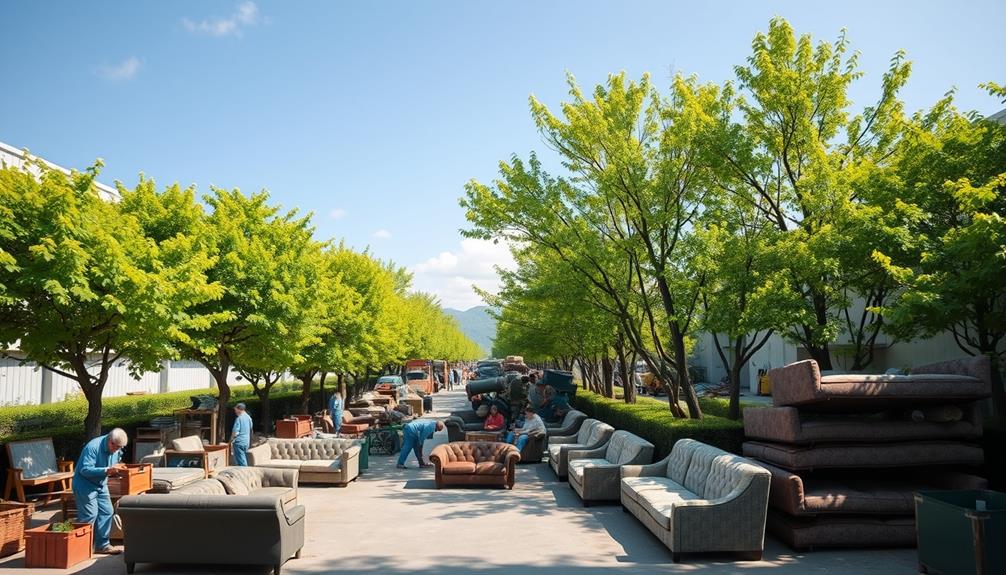
If selling your old sofa online isn't the right fit for you, consider researching local recycling facilities. Many communities have designated centers for eco-friendly disposal of couches and other large items.
Start by checking resources like Earth 911 or the iScrap App to find recycling programs that specialize in furniture materials. These platforms can help you locate facilities that accept sofas and provide guidelines on how to drop them off.
Additionally, it's important to be aware of the potential environmental impact of your disposal choices, akin to the recommendations for responsible disposal methods found in cold medications overview.
Don't forget to contact your city's waste management department too. They often have specific recycling events or programs available for large items like sofas. When you reach out, ask about any requirements; many recycling centers may require proof of residency, such as an ID and a utility bill, before accepting your furniture.
You might also discover that some facilities offer compensation for recyclable materials from old couches, so it's worth inquiring about potential payment when you call.
Hire Junk Removal Services
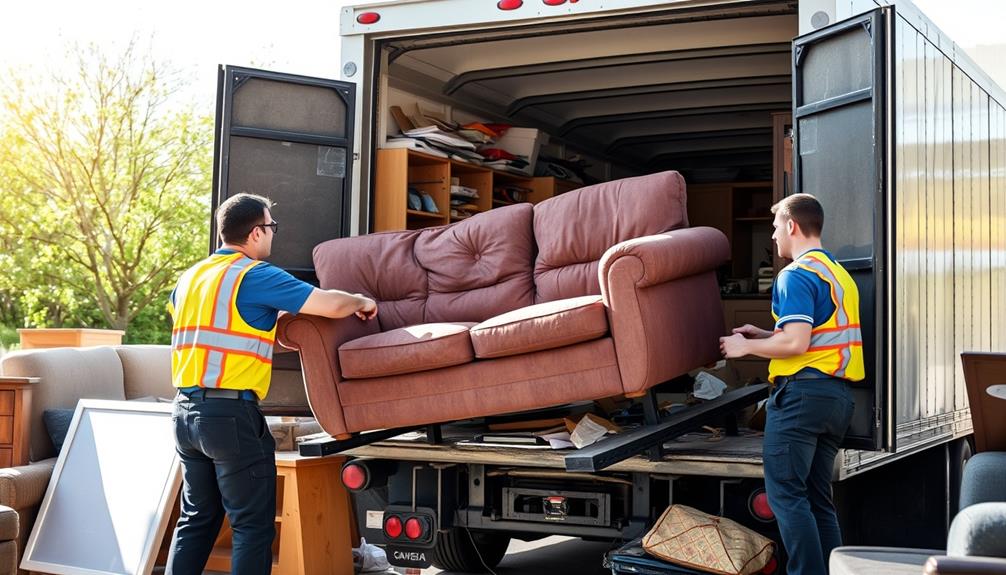
When you hire junk removal services, you get a convenient way to get rid of your old sofa without the hassle of heavy lifting.
These professionals are often equipped to handle various types of furniture, ensuring safe and efficient removal.
You'll find flexible scheduling options that fit your timetable, plus various pricing tiers to suit your budget.
Many services also focus on eco-friendly practices, ensuring your sofa is disposed of responsibly, whether through recycling or donations, which aligns with best practices for organizing prep tables to avoid contamination.
Cost Considerations
Hiring a junk removal service can be a practical solution for disposing of your old sofa, but it's important to weigh the costs involved. Typically, hiring a junk removal service for old sofa disposal can range from $100 to $850, depending on the size and weight of your item.
The presence of professional services can also deter potential issues, similar to how the presence of security systems deters burglars.
Here are some key cost considerations to keep in mind:
- Instant Quotes: Many junk removal companies provide online quotes, helping you budget before scheduling a pickup date.
- Location Fees: Additional charges may apply based on your location and the distance to recycling centers.
- Local Regulations: Disposal services might incur extra costs depending on local disposal guidelines, so double-check these beforehand.
- Time Savings: While there's a fee, think about the value of having professionals handle heavy lifting and transportation.
Choosing junk removal services not only simplifies the process but often includes eco-friendly disposal options, ensuring your old sofa doesn't just end up in a landfill.
Eco-Friendly Practices
Opting for junk removal services not only simplifies the disposal of your old sofa but also aligns with eco-friendly practices. When you hire a professional team, you can guarantee responsible couch disposal, as many companies prioritize recycling and donating usable items to reduce landfill waste.
They often have the expertise to disassemble sofas, separating recyclable materials like wood, metal, and upholstery, which enhances the eco-friendliness of the process. Additionally, using eco-friendly practices such as essential oils for respiratory health can create a fresher indoor environment while you prepare for the removal.
Many junk removal services offer transparent pricing, starting at around $85 for couch disposal. This allows you to budget for environmentally responsible disposal without worrying about hidden fees.
Additionally, these services handle heavy lifting and transportation, making it easier for you to dispose of large items safely and sustainably.
Some junk removal companies partner with local charities, guaranteeing that usable couches are donated to those in need. This practice not only promotes eco-friendly practices but also supports your community.
Scheduling and Convenience
How can you make getting rid of your old sofa as easy as possible? Hiring junk removal services is your best bet for convenience. With just a few clicks, you can schedule a pickup that fits your busy life.
Here's why you should consider it:
- Easy Online Scheduling: You can choose a date and time that works for you, making the process hassle-free.
- Same-Day Pickup: If you book before 12 PM, you might get same-day service, which means no more waiting around.
- Heavy Lifting Done for You: Professional teams handle all the heavy lifting and transportation, so you won't have to struggle with moving that bulky sofa.
- Customer Support: With options for phone and text assistance, you'll always have support for any scheduling questions or concerns.
Pricing for junk removal typically starts around $100, varying with size and weight, but the convenience of a quick and easy removal is priceless.
Curbside Giveaway Strategies
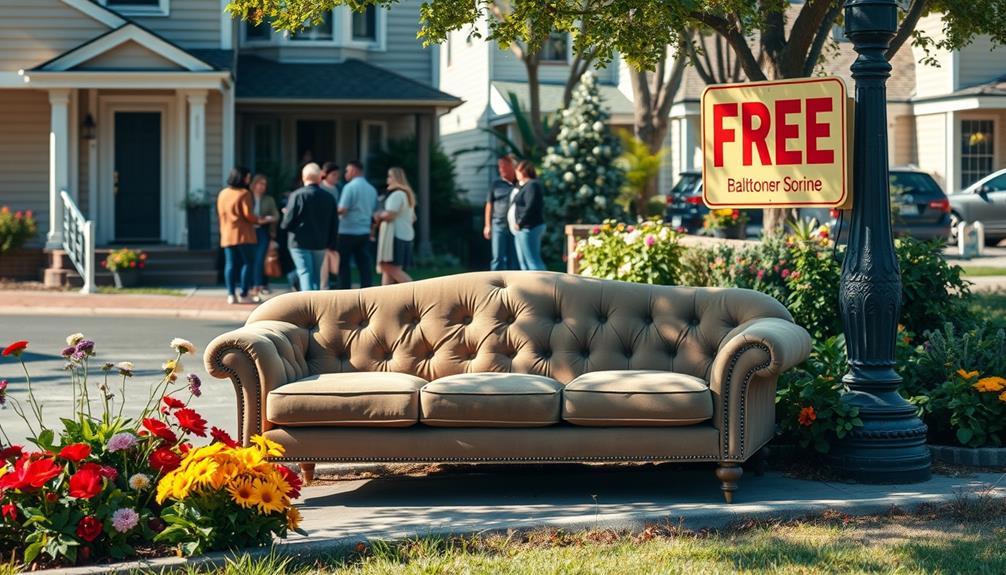
When you're ready to part ways with your old sofa, curbside giveaways can be a quick and effective solution. Start by choosing a visible and accessible spot on your street to place the old couch. Make sure to use a clear "Free" sign on the sofa so passersby know they can take it without charge. This simple gesture can greatly increase interest and prompt people to stop.
Before setting out your couch, check local ordinances regarding curbside giveaways. You want to avoid any potential fines for leaving furniture on the street.
Once you're clear on the rules, consider cleaning the sofa thoroughly and making minor repairs. A well-kept couch is much more appealing and can attract more takers.
To boost your giveaway's visibility, promote it on social media platforms or local community groups. Share a photo of the sofa along with details about its condition and pickup instructions. Engaging your community online can make your curbside giveaway even more successful.
Upcycling and Repurposing Ideas

Upcycling your old sofa can be a rewarding way to breathe new life into your living space while reducing waste. Here are some creative DIY ideas to contemplate:
- Outdoor Pillows or Pet Beds: Transform your old cushions into stylish outdoor pillows or cozy pet beds. Just clean and re-cover them with weather-resistant fabric for a functional upgrade.
- Unique Coffee Table or Bench: Repurpose the sofa frame into a striking coffee table or bench. Sand it down, paint it, and add a glass top or cushion for comfort and aesthetics.
- Rustic Shelving Units: Use the wooden components of your sofa to create rustic shelving units or eye-catching wall art. This showcases your creativity while minimizing waste.
- Tote Bags or Throw Pillows: Convert the upholstery fabric into personalized tote bags or decorative throw pillows. This gives your fabric a new life and adds a unique touch to your home decor.
Understand Local Disposal Guidelines
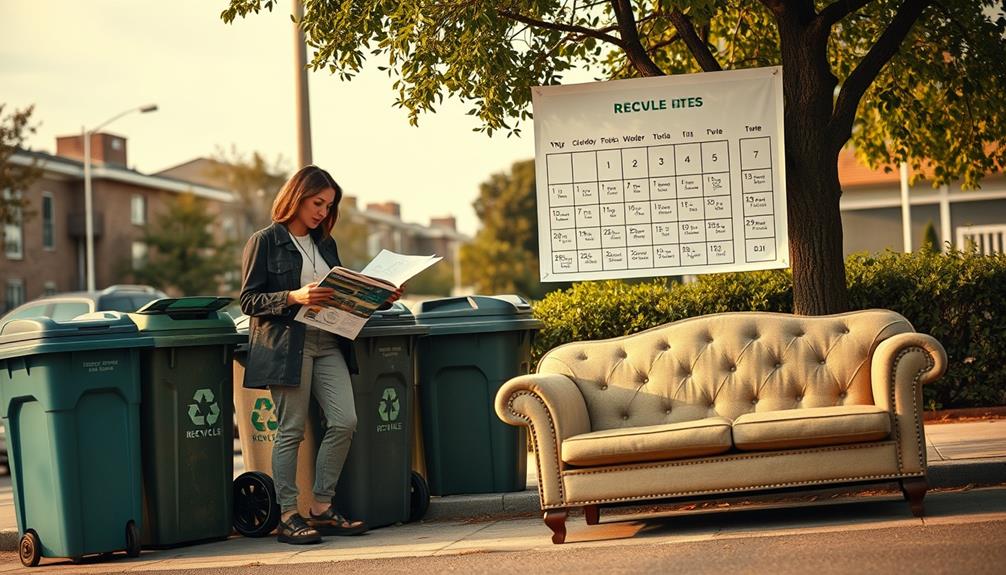
After exploring creative ways to upcycle your old sofa, it's important to contemplate how to dispose of it properly.
Start by checking with your local government for specific disposal guidelines regarding large items like sofas. Each city or county may have different regulations, and understanding them can save you from potential fines for improper disposal.
Many municipalities offer scheduled pickups for large items, including sofas. This can be a convenient option for you, as you won't have to worry about transporting the sofa yourself.
Additionally, some areas have designated disposal days for furniture and appliances, ensuring a more organized collection process.
To get the most accurate information, contact your local waste management facility. They can provide details about available furniture removal services and any associated fees.
Knowing when and how removal services will come to collect your old sofa can make the entire process seamless.
Frequently Asked Questions
How Do I Get Rid of My Old Sofa for Free?
You can easily find someone to take your old sofa by posting it for free on social media and local community boards. You might also check with friends or charities for quick removal options.
What Can You Do With an Old Sofa?
Imagine your old sofa as a retired friend—full of memories but needing a new purpose. You can donate, sell, recycle, or upcycle it, breathing new life into both the furniture and your space.
How Do I Get Rid of an Old Sofa Near Me?
To get rid of an old sofa near you, research local junk removal services, check charities for pickup options, and explore online platforms like Craigslist or Facebook Marketplace to sell or give it away. If you are looking to dispose of the sofa properly, some junk removal services may offer dismantling as part of their service. This can make it easier to transport and dispose of the sofa in an environmentally friendly way. Additionally, some charities may accept sofas in good condition and use them to help those in need. If dismantling a sofa is not an option, consider reaching out to local recycling centers to see if they accept furniture for recycling.
How Do I Get Rid of an Old Couch Near Me?
When it comes to parting with your old couch, think of it as setting it free. You can schedule a pickup, donate it, sell it online, or check local recycling options for eco-friendly disposal.
Conclusion
Getting rid of your old sofa doesn't have to be a challenging task. By exploring donation, selling, or recycling options, you can give your sofa a new life, just like a butterfly emerging from its cocoon. Whether you choose to upcycle it or hire a junk removal service, the key is to find the right solution for your needs. Remember to check local disposal guidelines to make the process smooth and hassle-free. Your space will thank you!
